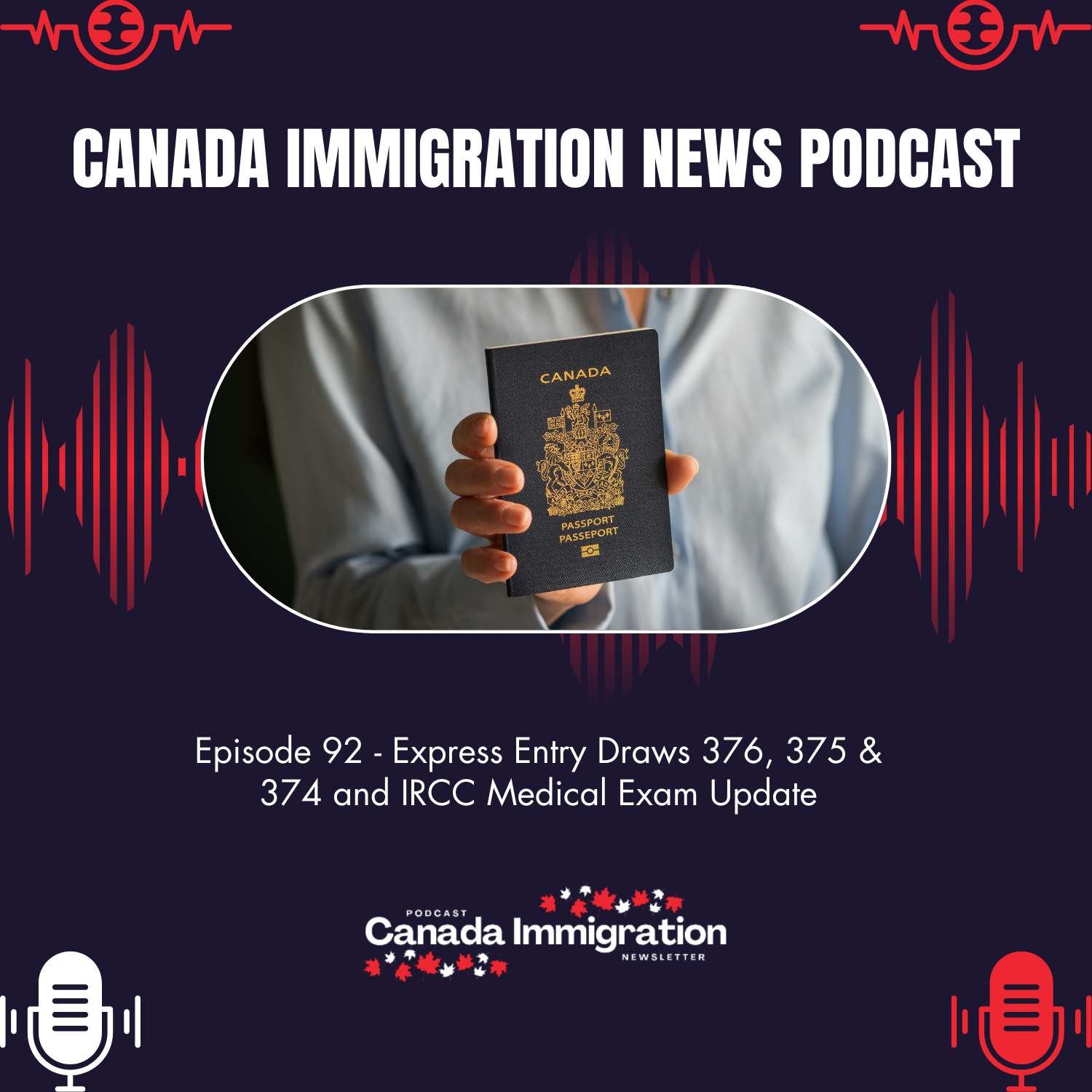Immigration Announcement
Canada Budget 2025 – A Balanced Approach to Growth, Communities, and Long Term Planning

Canada continues to welcome newcomers who contribute to the economy, support communities, and bring new perspectives. Immigration has always been a part of Canada’s identity, shaping its cultural and economic landscape in meaningful ways. The newly released 2025 Annual Report to Parliament offers a detailed look at how the country is managing immigration spending under Canada Budget while staying focused on sustainable growth and long term planning.
The report highlights that Canada admitted 483,640 permanent residents in 2024. This represents steady growth and reflects the confidence in a strong, skilled, and diverse future workforce. At the same time, the government is making careful adjustments to ensure that immigration levels align with housing, healthcare, and community capacity. In other words, the goal is to maintain momentum while strengthening support systems where newcomers live, study, and work.
Canada remains one of the most welcoming countries in the world, and the updated approach aims to ensure that this continues in a stable and forward-looking way.
A Strong Focus on Economic Immigration
One of the most notable elements in the report is the emphasis on economic class admissions. Nearly 58 percent of all newcomers in 2024 were economic immigrants. These individuals include skilled workers, professionals, entrepreneurs, and provincial nominees. They play a major role in filling labor gaps, supporting innovation, and helping Canadian businesses grow.
This focus also contributes to local development. Skilled workers often move into communities where employers need specialized talent. This supports local businesses, schools, and public services.
By maintaining strong pathways for economic newcomers, Canada strengthens its workforce and its long-term economic outlook.
Canada Budget 2025 and Efficient System Management
A key highlight of the report is a planned adjustment in immigration spending. Immigration, Refugees and Citizenship Canada is aiming to reduce spending by approximately 15 percent over the next three years. This adjustment is part of a broader effort to modernize operations and deliver services more efficiently.
The plan includes:
| Area of Change | What Will Happen | Purpose |
| Modernized Processing | More online tools and automated steps | Faster, simpler application handling |
| Adjustments to Settlement Services | Programs will prioritize newcomers with the greatest need | Stronger support where it matters most |
| Targeted Health Program Updates | Introducing small co-payments under the Interim Federal Health Program for certain services | Efficient and fair allocation of resources |
| Improved Credential Recognition | Employment and Social Development Canada will receive support for faster qualification recognition | Helps newcomers enter the workforce sooner |
These updates are not simply cost adjustments. They are strategic improvements designed to help newcomers integrate more quickly, reduce wait times, and enhance service quality.
Supporting Francophone Communities
The report also highlights the goal of increasing Francophone admissions outside Quebec to 12 percent by 2029. This reflects Canada’s dedication to supporting bilingual communities and preserving French language identity across the country. Francophone newcomers contribute to the cultural, social, and economic vitality of communities in Ontario, New Brunswick, British Columbia, Alberta, and beyond. This direction also strengthens diversity and regional population growth.
Balanced Temporary Resident Management
Canada plans to gradually reduce temporary resident numbers to less than five percent of the total population by 2027. This adjustment aligns with local housing supply, student support systems, and labor market capacity.
However, this does not take away opportunities. Instead, it focuses on ensuring that students and workers who come to Canada have access to the resources they need to succeed.
Faster Pathways for Skilled Newcomers
Newcomers in healthcare and construction will benefit from faster and more transparent foreign credential recognition. This will help skilled professionals enter the workforce sooner, supporting hospitals, clinics, infrastructure development, and housing construction.
This improvement benefits both newcomers and communities facing workforce shortages.
Immigration Spending and Canada’s Sustainable Future
The government’s approach to Canada budget 2025 or immigration spending reflects a clear goal: welcome newcomers while ensuring strong support systems, growing communities, and stable economic development. By investing in skilled workers, improving credential recognition, strengthening Francophone communities, and modernizing service delivery, Canada is building a future shaped by resilience and cooperation.
Canada’s immigration system remains one of the most forward-thinking in the world, and these updates position newcomers and communities to succeed together. For news and latest updates, visit Canada Immigration News!
























